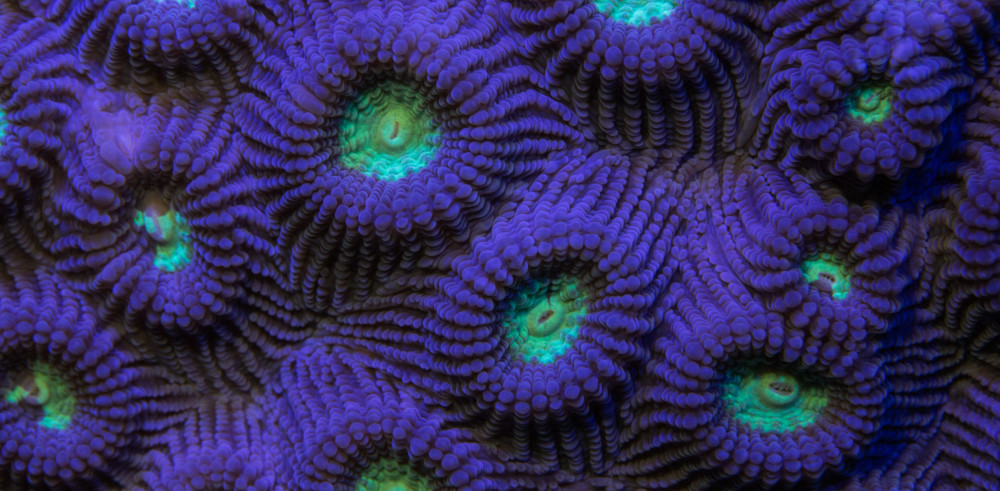The Taiwanese Habu was introduced to Okinawa in the 1970’s. They were imported for exhibitions and medical purposes. Somehow a few escaped and have populated the Island. I have seen over a dozen on my night hikes in Onna village.
- Scientific name: Protobothrops mucrosquamatus
- Common name: Taiwanese habu or Brown spotted pit viper
- Habitat: Rock walls, trees, and caves
- Diet: Frogs, bats, mice, and birds
- Average size: 80-150cm

The local government is actively trying to eliminate this invasive habu. Live traps are set up all around the Island. Do not open!

Last night, I saw a Taiwanese habu poking its head out of the sugar cane. There was a dead mouse three feet away on the road. I turned the car around and waited for a few minutes with my lights off. Eventually, a small Taiwanese habu slithered out of the field. I was hoping to see the habu eat the mouse. Instinct kicked in and the snake fled the scene. I returned in the morning, and the mouse was gone.


I often find them crossing the road or on sidewalks. It is wise to carry a flashlight on your night walks. The Taiwanese habu is aggressive and highly venomous. If you see one do not try and catch it.



Okinawa has three species of pit vipers. If you would like to learn more, check out my previous post on the venomous snakes of Okinawa.
This site is also designed to help people identify the beautiful animals of Okinawa, basically to serve as an online nature reference guide. Please consider making a contribution to support my mission
Your donations will help conservation initiatives as well as bring solutions to the worldwide pollution issues on our beautiful shorelines. Thank you for your support, Shawn M Miller.
#MakeTheSwitch4Nature
























































